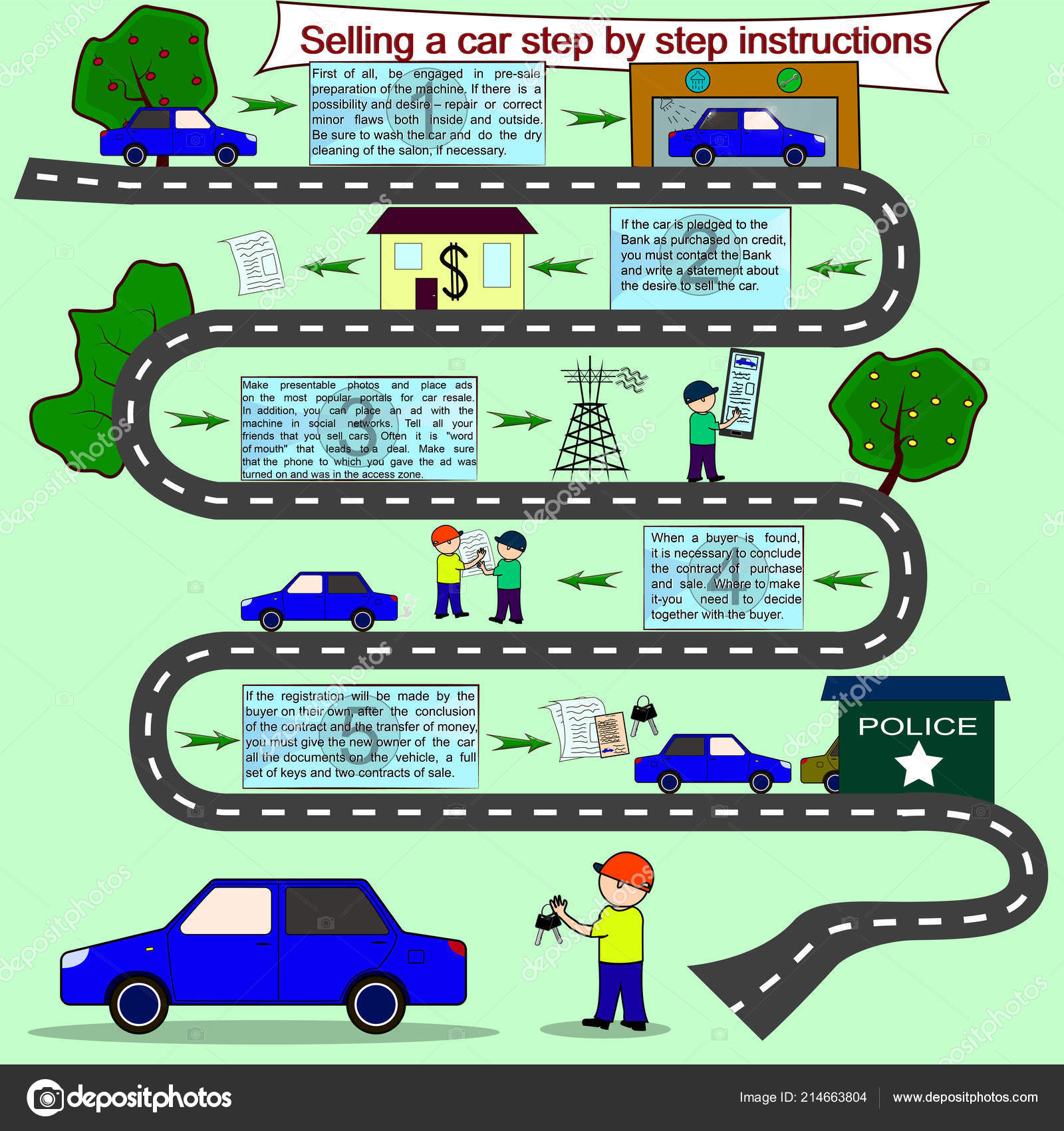Interpreting Your Vehicle'S Alert Lights: Their True Effects
Interpreting Your Vehicle'S Alert Lights: Their True Effects
Blog Article
Short Article By-Faulkner Winters
When you're behind the wheel, those beautiful warning lights on your control panel can be a little bit bewildering. Do you know what they're trying to inform you regarding your automobile's wellness? Recognizing the significance of these lights is essential for your safety and security and the long life of your vehicle. So, the following time one of those lights appears, wouldn't you intend to understand its message accurately and take the required steps to address it?
Common Warning Lights and Interpretations
Determine typical caution lights in your car and comprehend their meanings to make certain safe driving.
One of the most regular warning lights include the check engine light, which indicates problems with the engine or emissions system. If this light begins, it's crucial to have your car inspected quickly.
The oil stress advising light shows reduced oil pressure, needing instant interest to avoid engine damage.
A flashing battery light might recommend a malfunctioning charging system, potentially leaving you stranded otherwise addressed.
The tire pressure tracking system (TPMS) light alerts you to reduced tire stress, influencing lorry security and gas performance. Ignoring this could cause dangerous driving problems.
The abdominal muscle light shows a problem with the anti-lock stopping system, endangering your capability to quit promptly in emergencies.
Lastly, the coolant temperature level alerting light warns of engine overheating, which can cause serious damage if not fixed quickly.
Recognizing these typical caution lights will certainly aid you deal with problems without delay and maintain safe driving conditions.
Relevance of Prompt Interest
Comprehending the usual caution lights in your automobile is only the initial step; the value of promptly addressing these cautions can not be emphasized enough to ensure your safety on the road.
When https://ecu-tuning-near-me16284.develop-blog.com/36671664/observe-the-significant-fads-that-are-changing-the-landscape-of-car-repair-work-specifically-the-developments-in-electric-lorries-and-the-application-of-artificial-intelligence brightens on your control panel, it's your vehicle's method of communicating a prospective problem that needs interest. Disregarding these warnings can lead to more extreme issues down the road, endangering your safety and security and potentially costing you a lot more in repairs.
Motivate interest to cautioning lights can avoid break downs and mishaps. For example, a blinking check engine light can indicate a misfire that, if left ignored, could create damages to the catalytic converter. Resolving this promptly can conserve you from a pricey repair service.
In a similar way, a brake system warning light could signal low brake liquid or worn brake pads, critical components for your safety and security when driving.
Do It Yourself Troubleshooting Tips
If you notice a warning light on your dashboard, there are a few DIY fixing tips you can try prior to looking for specialist assistance.
The first step is to consult your vehicle's manual to recognize what the details warning light shows. Occasionally the issue can be as simple as a loosened gas cap triggering the check engine light. Tightening up the gas cap might deal with the trouble.
go to website is a reduced battery, which can cause numerous cautioning lights. Examining the battery links for corrosion and guaranteeing they're safe might fix the trouble.
If a warning light lingers, you can try resetting it by separating the car's battery for a couple of mins and then reconnecting it. In addition, examining your car's fluid levels, such as oil, coolant, and brake liquid, can assist repair cautioning lights associated with these systems.
Verdict
In conclusion, understanding your vehicle's warning lights is essential for maintaining your car running smoothly and securely. By immediately dealing with these alerts and understanding what they mean, you can avoid pricey repair work and possible break downs.
Remember to consult your vehicle's guidebook for specific details on each cautioning light and do something about it accordingly to guarantee a trouble-free driving experience.
ceramic coating notified, stay secure when driving!
